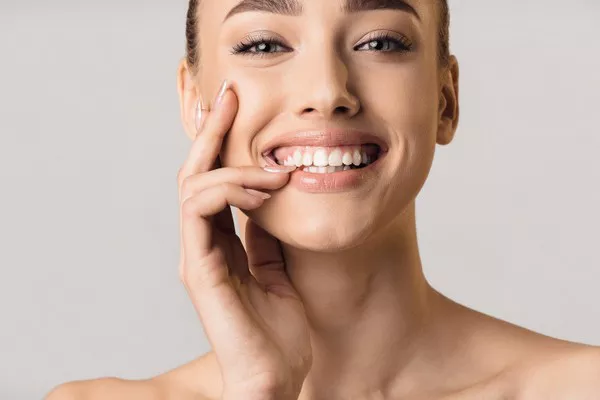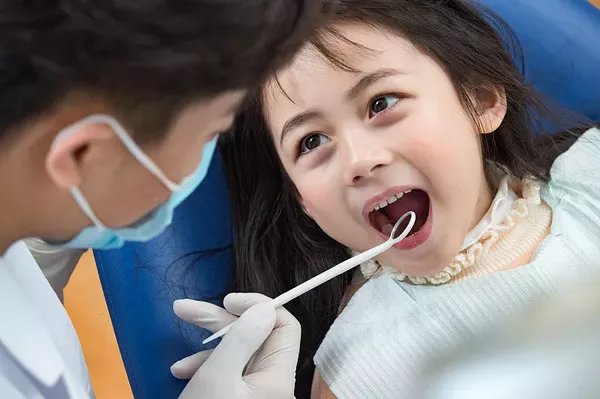In the pursuit of a healthy and beautiful smile, dental correction plays a crucial role, not only for teenagers but also for adults. Braces are a popular solution to address misalignment and other dental issues. However, as an adult considering dental correction, choosing the right type of braces can be a daunting task. This comprehensive guide will explore various types of braces available for adults, their benefits, and how to decide which one suits your needs best.
1.Understanding Dental Correction for Adults
Dental correction, also known as orthodontic treatment, is the process of aligning and straightening teeth to improve their appearance and functionality. It involves the use of braces or other orthodontic appliances to correct issues like overcrowding, gaps, misalignment, and malocclusion (improper bite).
2.The Benefits of Dental Correction
Adults seeking dental correction can experience a range of benefits beyond just aesthetics. Some key advantages include:
Improved Oral Health: Properly aligned teeth are easier to clean, reducing the risk of dental issues such as cavities and gum disease.
Enhanced Self-Confidence: A beautiful smile can boost self-esteem and improve overall confidence in social and professional settings.
Better Bite Function: Correcting misalignment can improve biting and chewing efficiency, reducing strain on jaw muscles.
3.Types of Braces for Adults
Traditional Metal Braces:Metal braces consist of metal brackets attached to each tooth with an archwire that connects them.
These braces are highly effective and have been used for many years to treat various dental issues.
Advancements in technology have made them more comfortable and less noticeable.
Ceramic Braces:Ceramic braces function similarly to metal braces but use tooth-colored or clear ceramic brackets, blending in more naturally with teeth.
They are an appealing option for adults who desire a less noticeable appearance during treatment.
Lingual Braces:Lingual braces are attached to the back (lingual) side of the teeth, making them virtually invisible from the front.
They provide effective dental correction without compromising aesthetics.
Invisalign (Clear Aligners):Invisalign is a popular choice among adults, offering a series of clear, removable aligners that gradually shift teeth into alignment.
They are convenient, discreet, and allow for easy oral hygiene maintenance.
4.Factors to Consider When Choosing Braces
Severity of Dental Issues: The type of braces may depend on the complexity of the dental correction required. Traditional braces may be more suitable for severe misalignments.
Aesthetics: Adults often prefer less visible options like ceramic braces or Invisalign to maintain a natural appearance during treatment.
Lifestyle and Convenience: Invisalign aligners offer flexibility as they can be removed while eating, drinking, or for special occasions.
Comfort: Lingual braces and ceramic braces are designed for improved comfort during treatment.
5.The Process of Getting Braces
Initial Consultation: Schedule a consultation with an experienced orthodontist to assess your dental condition and discuss treatment options.
Treatment Plan: The orthodontist will develop a customized treatment plan based on your needs and preferences.
Fitting Braces: For traditional, ceramic, or lingual braces, the orthodontist will bond the brackets to your teeth and connect them with wires.
Invisalign Treatment: If you choose Invisalign, you will receive a series of aligners to wear according to the treatment plan.
6.Tips for Adult Braces Care
Maintaining Oral Hygiene: Regular brushing, flossing, and using mouthwash are essential for oral health during orthodontic treatment.
Follow Orthodontist’s Instructions: Adhere to your orthodontist’s advice on wearing time and care for your braces or aligners.
Dietary Restrictions: Avoid sticky and hard foods that may damage braces.
Regular Check-ups: Schedule routine appointments with your orthodontist for adjustments and progress checks.
Conclusion
Dental correction is an investment in both oral health and self-confidence, and adults now have a variety of braces to choose from. Whether you opt for traditional braces, ceramic braces, lingual braces, or Invisalign, each type has its unique benefits. By considering factors such as the severity of your dental issues, lifestyle, and aesthetic preferences, you can make an informed decision with the guidance of an experienced orthodontist. Embark on your journey towards a beautiful and healthy smile with the best type of braces for you.
https://www.padmel.com/archives/69
https://www.padmel.com/archives/5285
\https://www.padmel.com/archives/5275

























